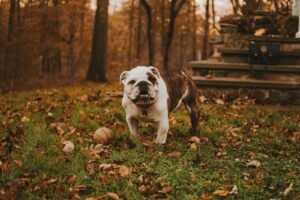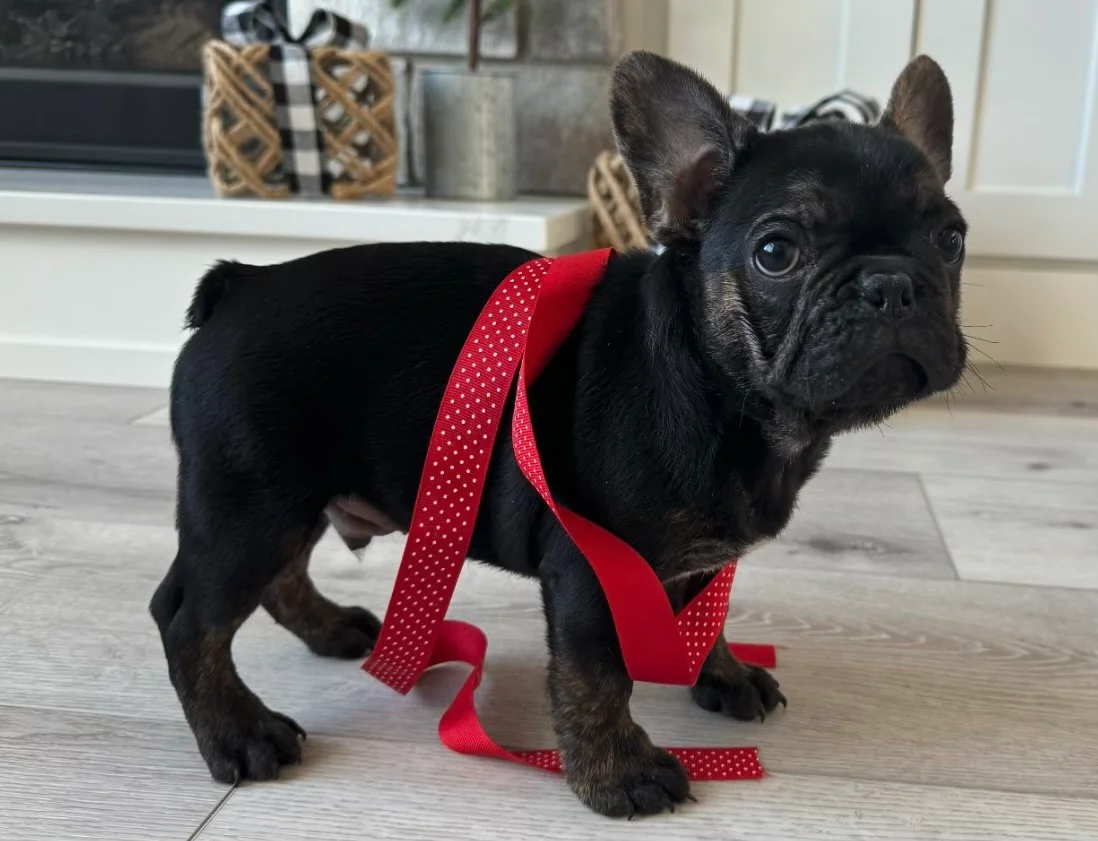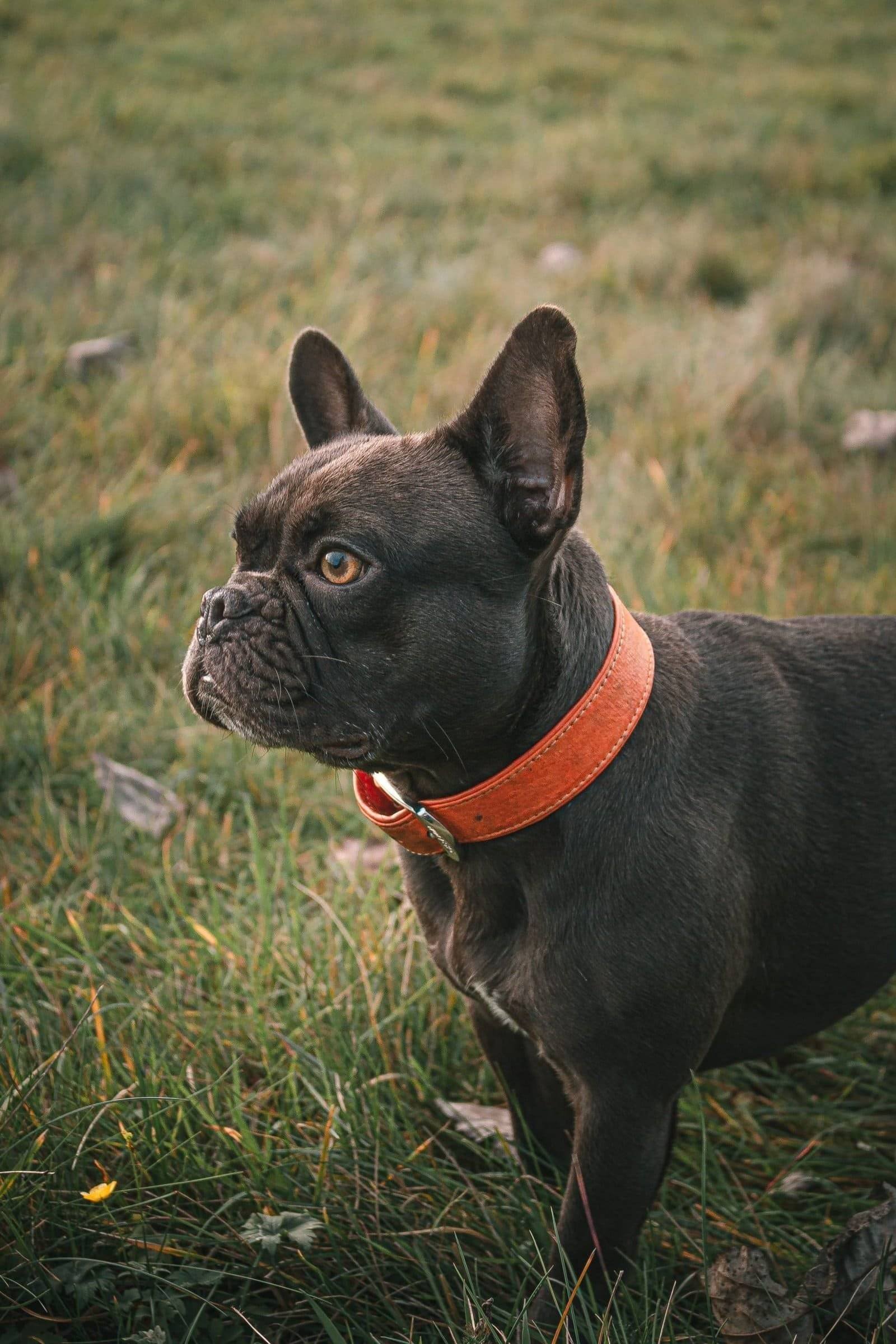
Dogs thrive in outdoor spaces, and a spacious garden provides an excellent area for them to play, exercise, and practice training. However, their playful nature can sometimes lead to unexpected chaos in your vegetable or flower garden.
Even the most obedient dogs might accidentally knock over flower pots or cause damage. Ensure your garden is a safe environment for your furry friend, free of toxic plants, dangerous chemicals, or sharp items.
Create a Positive Gardening Habit
Transform your garden into a delightful haven for both you and your dog. Create a consistent, enjoyable routine around gardening activities so your dog feels involved, knows what to expect, and starts to associate this time with positive experiences.
Patience and consistency are key. If your dog begins digging somewhere, they shouldn’t resist the urge to yell. Instead, guide their curiosity and show them what you’d like them to do. Approach training with a mix of kindness, encouragement, and fun.
When your dog picks up something they shouldn’t, avoid raising your voice; instead, praise them warmly and ask them to see what they’ve found. By keeping the interaction positive, you’ll strengthen trust and make it easier for them to hand things over willingly.
Control Bare Soil Areas to Prevent Digging
Dogs tend to dig when they come across large, open patches of soil, which can create a messy garden. To avoid this, try covering bare soil with dog-friendly, low-growing ground cover plants or decorative mulch. These options not only discourage digging but also enhance your garden’s overall appearance.
Another effective approach is to create a designated digging spot for your dog. Fill this area with soft soil or sand to give them a place to satisfy their natural digging instinct. They might also be digging to cover their poop. It’s best to contact Doo Good Pooper Scoopers for their dog poop clean-up services and keep your garden clean.
Fortify Boundaries
To allow your dog the freedom to roam off-leash, it’s essential to ensure your yard is securely fenced. Selecting the right height and material is crucial, a three-foot picket fence might look charming but offers little protection against escape attempts. Many dogs are excellent jumpers and require a fence at least six feet tall to prevent them from leaping over.
It’s worth considering a clear boundary between your lawn and flower garden. Raised garden beds can serve as an effective way to designate garden areas while keeping your dog’s play space separate.
Opt for Resilient Plants
Dogs have their natural instincts, they’ll dig, chew, and occasionally mark their territory. While preventative measures such as raised flower beds or small fencing around vegetable gardens can help, they aren’t foolproof against an energetic or curious dog. Opting for sturdier, fully grown plants is often a more reliable way to protect your garden, as they are less susceptible to damage from digging or bounding paws.
Research Poisonous Plants
While plants and shrubs can enhance your yard’s beauty, they may pose serious risks to your dog’s health. Dogs are naturally inclined to chew on plants like grass. However, certain species, along with their seeds or fruits, can be toxic to them.
Familiarize yourself with plants that are harmful or safe for dogs in the US to ensure your yard remains a safe space. If your dog ingests something potentially harmful, contacting your veterinarian without delay is essential.
Endnote
Transforming your garden into a dog-friendly space is both quick and straightforward with a bit of planning and preparation. The effort is undoubtedly worthwhile, as it ensures your cherished vegetables remain safe while protecting your dog from potential harm. Plus, it brings you the ultimate reassurance of knowing both are secure.




